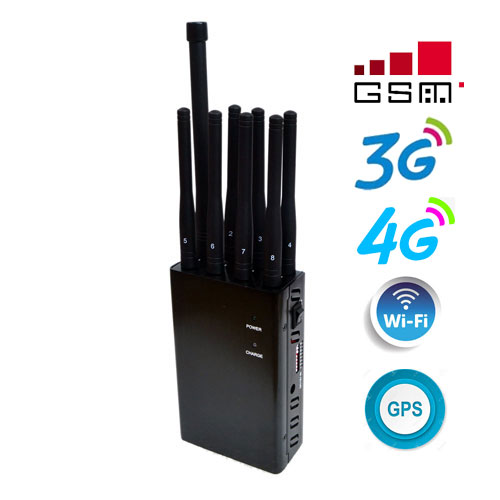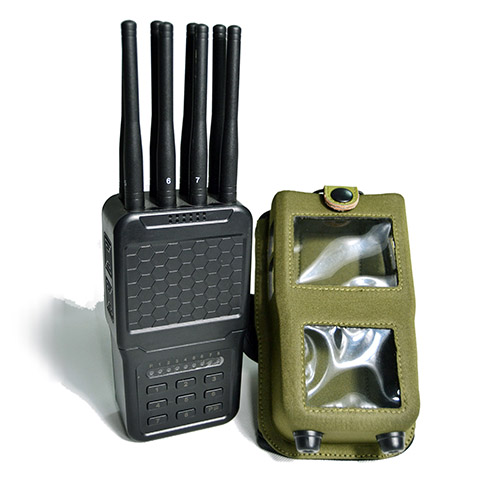On May 2, 2013, the former Shimonoseki and Gulou courts merged to form the new Gulou court. The court currently has three office locations in Huaimen, Erbanqiao, and Rehenan Road. The Dinghuaimen office area includes the case-filing division, the main judicial department, the civil enforcement bureau and the main general departments; the Erbanqiao office area includes the second civil court, The Fourth Civil Division and the Political Department; the office area of Rehe South Road includes the administrative division, the trial and supervision division, and the administrative executive bureau. The institute currently has 226 political and legal staff, 13 administrative subsidiary staff, 187 employees, and 23 internal institutions. In recent years, the Gulou Court has developed ideas and continued to innovate, and has formed certain highlights in intellectual property trials, juvenile trials, medical trials, litigation services, and case preparation.

Since the establishment of the New Gulou Court, it has closely focused on the main line of "judicial service for the people and fair justice", focused on standardized construction, and fully performed its judicial functions. New progress has been made in law enforcement, case handling, trial management, and team building. In recent years, the Gulou Court has developed ideas and continued to innovate, and has formed certain highlights in intellectual property trials, juvenile trials, medical trials, litigation services, and case preparation. The first is the trial of intellectual property rights. The pilot work of "three trials in one" of civil, administrative and criminal trials of intellectual property rights was carried out in depth, and the results of intellectual property trials were remarkable. In 2010, the Intellectual Property Tribunal was rated by the Provincial Court as the "Advanced Collective of Intellectual Property Trial Work in the Provincial Courts"; in 2012, the Gulou Court was awarded the "Basic Intellectual Property Trial Model Court" by the Supreme Court and the National Copyright Administration as "National Investigation and Punishment of Infringements" Second prize for meritorious units in piracy cases". The second is juvenile trials. Taking the prevention and reduction of juvenile delinquency and safeguarding the rights and interests of juveniles as the starting point, the juvenile trial will be carried out in a solid manner. In 2012, the juvenile court was named "the advanced collective of juvenile court work in the province". The third is medical trials. Combining the regional characteristics of the concentration of the three hospitals and the large number of doctor-patient disputes, we actively explored specialized medical trial models. Medical trials have a high reputation in the province's courts, and medical trial experience won the first prize in the province's court system. The fourth is litigation service work. Promote the construction of the litigation service center, and provide litigation guidelines, inquiries and consultations, contact with judges, transfer of materials and other "one-stop" judicial services for parties. In 2012, the Litigation Service Center was awarded the "Demonstration Unit of Litigation Service Center" by the Provincial Court. This year, the country's first "self-service online case registration window" was established in the case registration hall, which achieved good results. The fifth is the case compilation. Regarding case compilation and guidance as an important way to improve the judicial capacity of judges, we focus on the case compilation work. Since 2001, a total of 11 cases have been published in the "Communiqué", which ranks among the forefront of basic courts in the country. In order to prevent the leakage of important information of the government unit, signal jammer are arranged around the unit to ensure the information security of the government unit.





